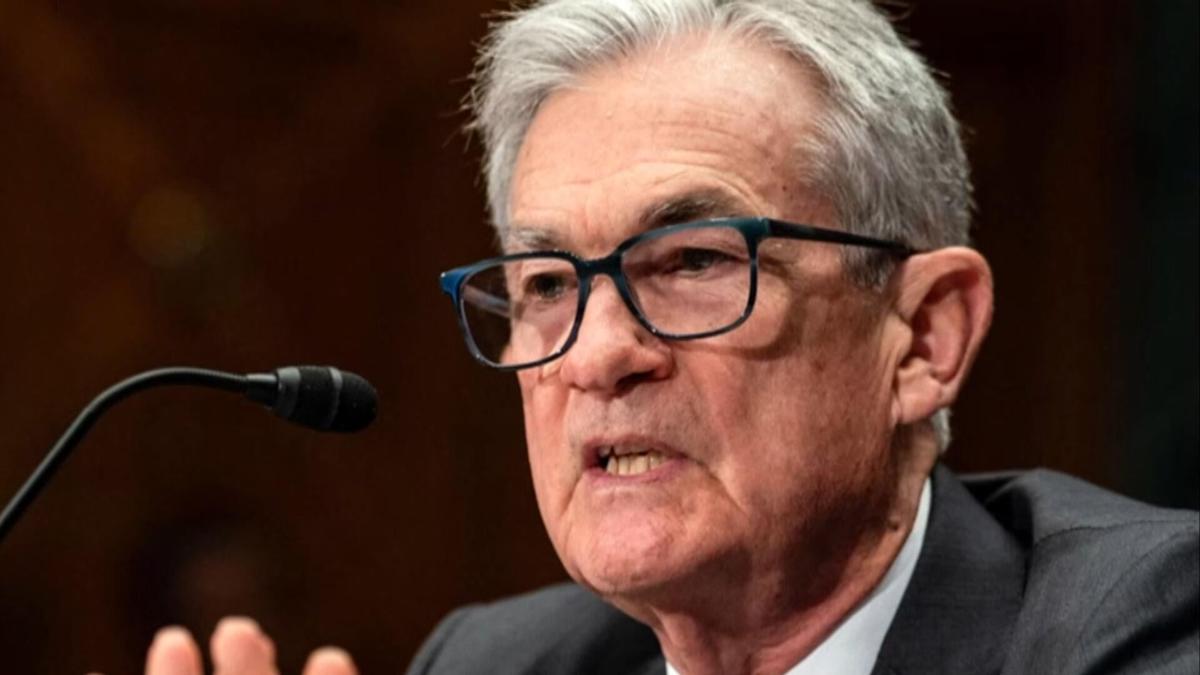The Federal Reserve has once again elected to maintain its benchmark interest rate, holding steady within the 4.25% to 4.5% range that has characterized monetary policy since December. This pivotal decision underscores the central bank’s deliberate “wait-and-see” strategy, as it meticulously assesses the broader economic landscape and the nuanced impact of external factors, including trade policies, on domestic consumer prices.
In its recent statement, the Federal Open Market Committee (FOMC) acknowledged a moderation in economic activity during the first half of the year, despite ongoing swings in net exports. Crucially, the committee highlighted a robust labor market, characterized by a low unemployment rate and solid conditions, suggesting underlying economic resilience. However, persistent concerns regarding elevated inflation levels continue to shape the central bank’s cautious approach to interest rates.
A notable departure from the Fed’s customary consensus-driven policy emerged with two voting FOMC members, Governors Michelle Bowman and Christopher Waller, casting dissenting votes in favor of lowering the short-term rate. This rare show of internal disagreement is particularly significant, marking the first instance since 1993 that two members of the Fed’s Board of Governors have voted against the chair, signaling diverse perspectives within the Federal Reserve regarding the optimal path for economic policy.
Against a backdrop of public pressure, particularly from President Trump advocating for lower rates amidst perceived tame inflation, Federal Reserve Chair Jerome Powell articulated the rationale behind the committee’s decision. He emphasized that the majority of FOMC members favored maintaining the current rate, primarily due to inflation remaining above the Fed’s 2% annual target. Despite this, Powell affirmed the overall good health of the economy, reinforcing the current policy stance.
The central bank’s resolve to keep the federal funds rate stable at 4.25% to 4.5% largely aligned with Wall Street’s expectations, with financial data firm FactSet indicating a 96% probability of such an outcome. This market anticipation reflects a widespread understanding of the Fed’s primary mandate: balancing sustained economic growth with price stability. The last adjustment to rates occurred in December 2024, when the central bank implemented a 0.25 percentage point cut.
Leading economists have weighed in on the Fed’s stance, with Nancy Vanden Houten of Oxford Economics suggesting that the dissents from Bowman and Waller represent a minority viewpoint within the FOMC. The prevailing sentiment among the rate-setting panel’s voting members appears to favor stability, driven by ongoing anxieties about inflation outlook. Similarly, Gina Bolvin, president of Bolvin Wealth Management Group, commented that current GDP reports are unlikely to alter the Fed’s cautious stance, anticipating a continued “wait-and-see” approach for more consistent signals before considering rate adjustments.
Looking ahead, the market anticipates a 63% likelihood of a Fed rate cut at its September 16-17 meeting, as the FOMC does not convene in August. However, Federal Reserve Chair Jerome Powell has maintained a pragmatic stance, deferring any definitive statements on future cuts. He underscored that upcoming decisions will be contingent on a comprehensive review of intervening economic data, specifically citing two monthly job reports and additional Consumer Price Index (CPI) data.
The Fed’s emphasis on a solid U.S. economy, coupled with ongoing concerns about the potential impact of tariffs, has led some analysts to believe a September rate cut might not be a foregone conclusion. Stephen Brown, deputy chief North American economist at Capital Economics, posits that for such a cut to materialize, the FOMC would need to either become less apprehensive about the inflation outlook or grow more concerned about the trajectory of the economic and labor market landscapes.






Leave a Reply